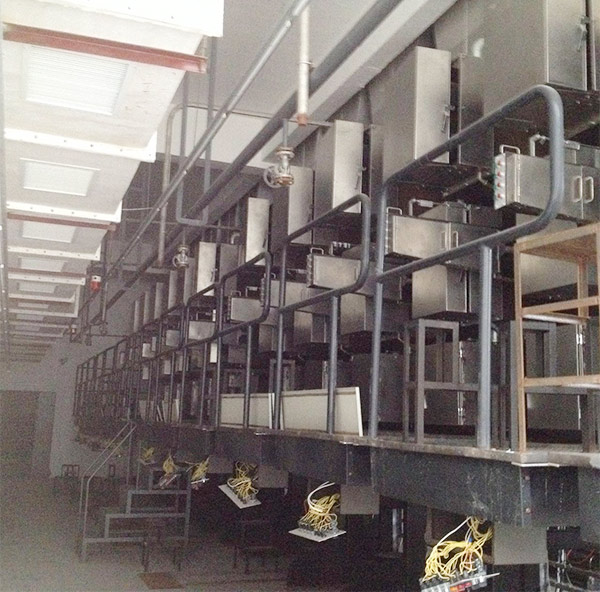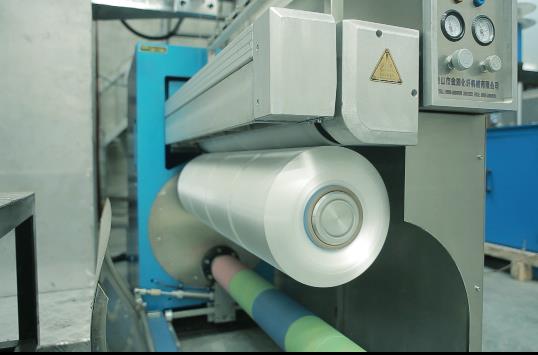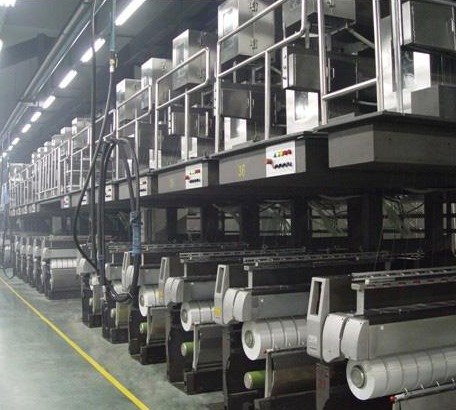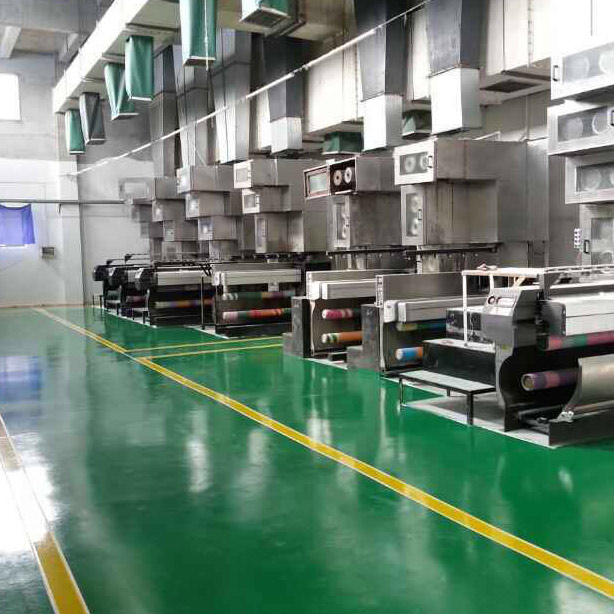- Polypropylene spinning machine
- Polypropylene FDY equipment
- Polyester POY spinning machine
- Polyamide FDY common and high strength equipment
- Polyester FDY equipment
- Polyester high strength equipment
- polyester、Polyamide、 Polypropylene BCF equipment
- Small spinning machine
- All kinds of spinning special parts
- Thousands of ships racing forward like a rainbow, all new things emerging as the sun rises. | FuBang Chemical Fiber Machinery wishes you a happy New Year's Day and a prosperous future!
- Several silk textile industry renewal projects in Shengze have started construction
- Polypropylene FDY spinning machine is a key equipment for the production of high-performance fibers
- The Winter Solstice marks the rise of Yang energy. In Fubon spinning machines, the Winter Solstice code is revealed, a dialogue of craftsmanship spanning a thousand years
- The establishment conference of Guangzhou Modern Textile and Garment New Quality Productivity Research Institute and the co-construction conference of the textile industry innovation ecosystem were held
- The key points of control in the polypropylene FDY spinning machine process and their relationship with quality

- Contact:Mr. Huang Guofu
- Cel:0086-13901505556
- Fax:0086-519-83341119
- Email:czfb5556@126.com
- Add:No. 288-8 ChangLi Rd, Huangli Town, Changzhou, JS PRV.
On December 21, 2020, in accordance with the “Adjustment Plan for the Provisional Import Tariff Rates for 2021” issued by the Tariff Commission of the State Council, the 1% tariff rate for imports within the tariff quota of cotton will remain unchanged. With additional imports of cotton, a tentative tariff is implemented in the form of sliding tariffs. In short, the threshold of sliding tariffs in 2021 has been lowered compared with 2020.
According to common sense, sliding tariff cuts are beneficial to imports, and should be negative for cotton. The actual situation is that Zheng Cotton has rebounded significantly after two consecutive days of callback. It can be seen that tariff adjustments have limited impact on the cotton market. According to the requirements of the document, the purpose of tariff adjustment is to support the accelerated construction of a new development pattern and promote high-quality economic development, not to suppress the cotton market. As we all know, the world has experienced the unprecedented new crown epidemic this year, and various industries have been impacted to varying degrees. The tax rate cut this time will reduce the burden on entities to a certain extent. According to rough calculations, importing one ton of cotton can be cheaper than 200 yuan.
The mutation of the British virus has recently brought an impact on bulk commodities, and the cotton market is no exception. However, according to Zheng Cotton’s reaction today, the market has gradually returned to rationality after returning to calm. Currently, downstream orders are improving and cotton raw materials are gradually being restocked. , Cotton prices do not have the basis for a sharp drop, after all, the demand is still there. Of course, don't expect much room for a rebound in the short term. Under the influence of virus mutation in the short term, crude oil is facing greater pressure from the previous high, and it is difficult for bulk commodities to rise sharply in the short term, and continue to maintain a range of fluctuations.
- Thousands of ships racing forward like a rainbow, all new things emerging as the sun rises
- Several silk textile industry renewal projects in Shengze have started construction
- Polypropylene FDY spinning machine is a key equipment for the production of high-performan
- The Winter Solstice marks the rise of Yang energy. In Fubon spinning machines, the Winter
- The establishment conference of Guangzhou Modern Textile and Garment New Quality Productiv
- The key points of control in the polypropylene FDY spinning machine process and their rela
- A Guide for Managers to Break Through: Empowerment Rather than Control: Helping Enterprise
- The 2025 Textile and Garment Innovation Annual Conference and the Gongqingcheng Down Indus
- The technological upgrade of polypropylene FDY spinning machines empowers the production o
- Textile News: Full-chain Efforts + Cross-border Breakthroughs + Talent Foundation - The Te




